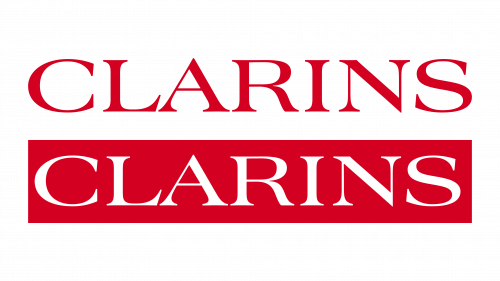The CW, an American television network known for captivating young adults with its diverse programming since its debut in 2006, has introduced a refreshed brand identity. This change marks a significant evolution for the network, which originated from the merger of UPN and the WB, carrying forward a legacy of popular culture influence through shows like “Veronica Mars,” “Gilmore Girls,” and “Smallville.” In recent years, The CW has broadened its focus to include unscripted series, live sports, and WWE content, reflecting changes in viewer preferences and the digital content landscape.
The new CW logo, designed by the London-based DixonBaxi, symbolizes a strategic shift in the network’s branding to adapt to the multi-screen viewing habits of its audience. The original logo, which had been in place since The CW’s inception, was recognized for its distinctive ligature and the rounded “W,” making it a memorable part of the network’s identity. The decision to update the logo comes after nearly two decades, highlighting the network’s intent to stay relevant in the competitive entertainment sector.
In this rebranding effort, the “THE” component of the old logo has been removed for a sleeker, more compact design. This modification aims to enhance the logo’s impact and versatility across digital and traditional platforms. Although the new design maintains the essence of the original, it introduces a thicker stroke and a more condensed shape, aiming for a more robust presence in a fragmented media environment. However, this evolution has sparked discussion among design enthusiasts regarding the balance between modernity and the loss of some of the original logo’s nuanced characteristics.
The introduction of “Hot Sauce” as the new brand color represents a vibrant departure from the original green, signaling The CW’s dynamic future direction. This bold color choice aligns with the network’s ambition to stand out in the crowded entertainment marketplace, embodying energy and passion. The CW’s rebranding initiative reflects its commitment to evolving with its audience’s changing tastes and the overall media consumption trends.





